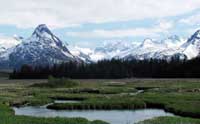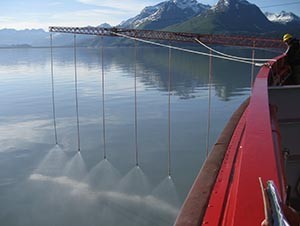Twenty-six years ago today, the Exxon Valdez struck Bligh Reef in Prince William Sound, spilling an estimated 11 million gallons of crude oil into Prince William Sound. While the immediate cause of the spill lies with the captain and crew, complacency on the part of the oil industry, regulators, and the public played a part in the disaster.
Many improvements have been made since 1989. Regulators, the oil industry, and citizens have all worked together to improve the prevention and response system in the Sound. Among many other improvements:
- Tankers are all double-hulled
- Loaded tankers are all escorted by two powerful tugs with response equipment on board
- Local fishermen are contracted and trained to help respond to an oil spill
- Oil spill contingency plans containing details on how to prevent and respond to an oil spill are now mandatory
Despite improvements, constant vigilance is still needed to prevent a return of the complacency that allowed the Exxon Valdez spill to happen.
Read more
 The council’s board of directors met May 7 and 8 in Valdez, Alaska. Agenda items included:
The council’s board of directors met May 7 and 8 in Valdez, Alaska. Agenda items included: